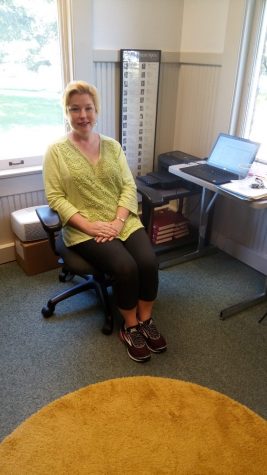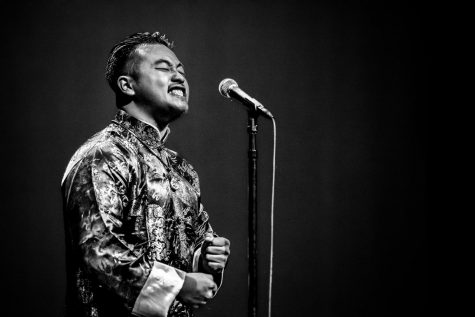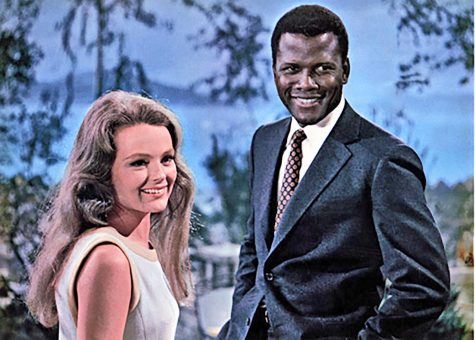Laptop rock rising fast
Gone are the days that a group of friends had to get together, buy instruments and actually write their own music in order to start a band. A new genre of music has arrived: laptop rock, which allows people to easily model their favorite artists and create music in an affordable and simple way without picking up a single instrument.
Because technology is advancing every day, new opportunities are developing that allow people to create music without a studio. For instance, someone with a MacBook can simply open up Garage Band, which allows you to easily cut up a song and put a beat to it.
St. Edward’s University sophomore and laptop rocker Sam Buckner expressed the ease with which people can gain access to the programs that are used to make laptop rock.
“The increase of all of this music mixing is due to the availability with which you can buy a MacBook and have Garage Band on it, and you can cut up a song and put a drum beat to it,” Buckner said. “Anybody can do that. There’s lots of free software you can do that stuff with. You can buy stuff and call yourself a DJ. It’s a lot easier.”
However, other proponents of laptop rock argue that it isn’t something just anyone can do. They say laptop rock takes patience, creativity and talent, as with any other form of music.
If you go out in Austin at night, you’re likely to run into a party with a DJ, which can sometimes mean just someone who plays music really loudly. Due to the abundance of this music, some say they have lost respect for this electronic genre.
But some artists’ successes have proven that there are many talented digital geniuses in the world of laptop rock. For example, Gregg Gillis, a biomedical engineer by day and well-known DJ Girl Talk by night, performs concerts and tours around the world.
Many laptop rock shows, such as Gillis’, are famous for high energy levels and elaborate light shows. Girl Talk is a crowd pleaser who mixes music from different types of popular genres and puts a beat to it, allowing listeners to dance to songs that they wouldn’t have been able to before.
“[Gillis] allows the audience to come on stage and be next to him while he’s doing his laptop music,” sophomore Molly Thurin said. “When I saw him, the crowd was massive, and people were dancing and having a good time.”
Buckner attributes Girl Talk’s success to his use of familiar songs.
“At this point in human civilization there is almost nothing new under the sun, and people are just recycling all this music that’s already been made, mixing songs to sound nothing like the original,” Buckner said. “I think that people really relate to Girl Talk and this form of music because he plays all the favorites, everything from 30 years ago like Simon and Garfunkel, and he puts a beat to it.”
Girl Talk is not the first artist to use a laptop to make music, but his double life gives hope to others that they may also become DJ sensations one day. Buckner said he channels his favorite artists when making laptop rock.
“I mainly use Logic Pro for production, and for live manipulation I use Ableton Live,” Buckner said of the programs he prefers to make laptop rock with. “My major influences are Justice, Daft Punk, and SebastiAn.”
Buckner said it can take a long time to make a single song.
“If I were to work two to three hours a day it would probably take me three days,” Buckner said. “I’m more about the production aspect rather than sampling it all.”
Although laptop rock is being created by people around the world, some wonder if it is already fading, as bands like Atomic Tom have proven that people can simply plug in their iPhones to create music.
Atomic Tom demonstrated this ability when they performed the song “Take Me Out” on a New York City subway using only their iPhones. They recorded the song and posted it on YouTube, and it didn’t take long for the video to go viral. This video increased their album sales and popularity, causing you to wonder if the future of music will involve people performing live shows armed only with their iPhones.





